Xbox Series X unboxing
So, earlier in the week a box arrived from the USA with a shiny new Xbox Series X inside. As is often the case, I couldn't talk about, or even switch it on until the allotted time. Whilst I still can't tell you much about Microsoft's new console, I can show you what the box looks like and what is inside.

The front of the box proudly states that the console capable of 4K and 120 FPS and has a 1 TB SSD. There's also the logo for the new Xbox Velocity Architecture.

On the back we have an image of Halo's Master Chief and the Xbox Series X strapline "Power Your Dreams". It also tells us that it is the fastest Xbox ever and that the Xbox Velocity Architecture redefines speed. It goes on to let players know that they can play thousands of games across four generations of Xbox and that there are 100+ quality games available with Xbox Game Pass.

I don't really want to sound like I'm fawning over a box, but the Xbox Series X packaging and presentation when you open in is very nice. Microsoft really what you to feel comfortable in the knowledge that you have purchased something very special.
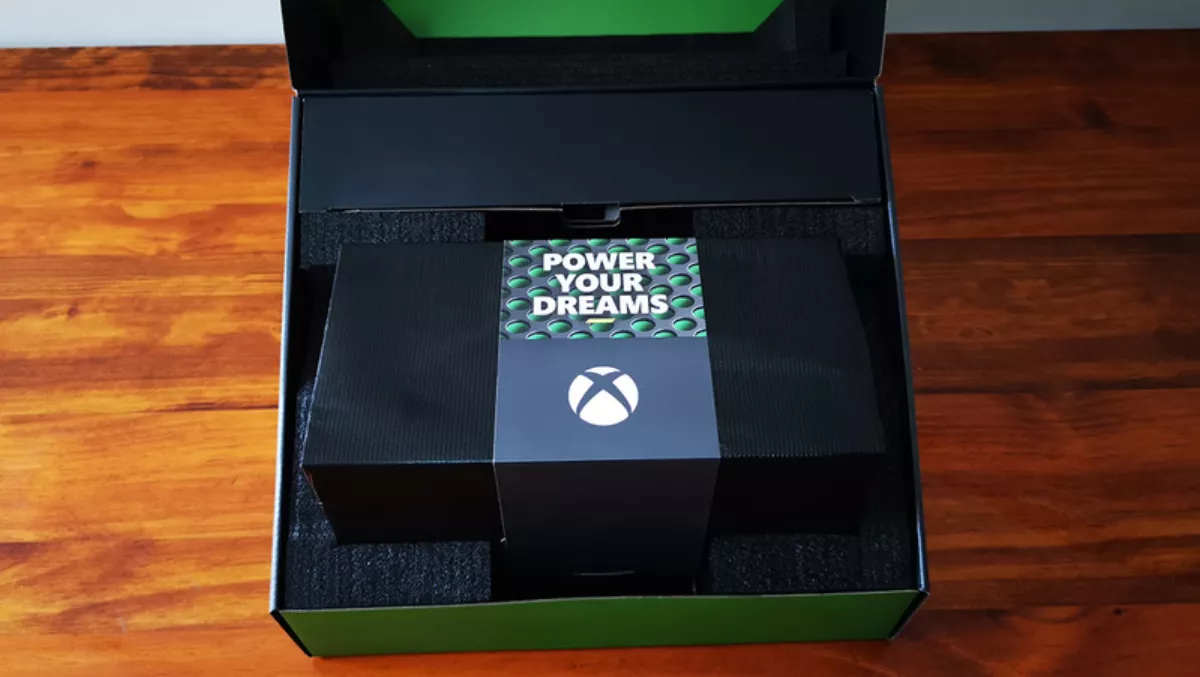
Opening up the box and you are presented with the wrapped console, wrapped in a black protective cover with a paper band reinforcing the "Power your Dreams" messaging. Behind the console is a compartment with the new Xbox Series X controller and the accessories.
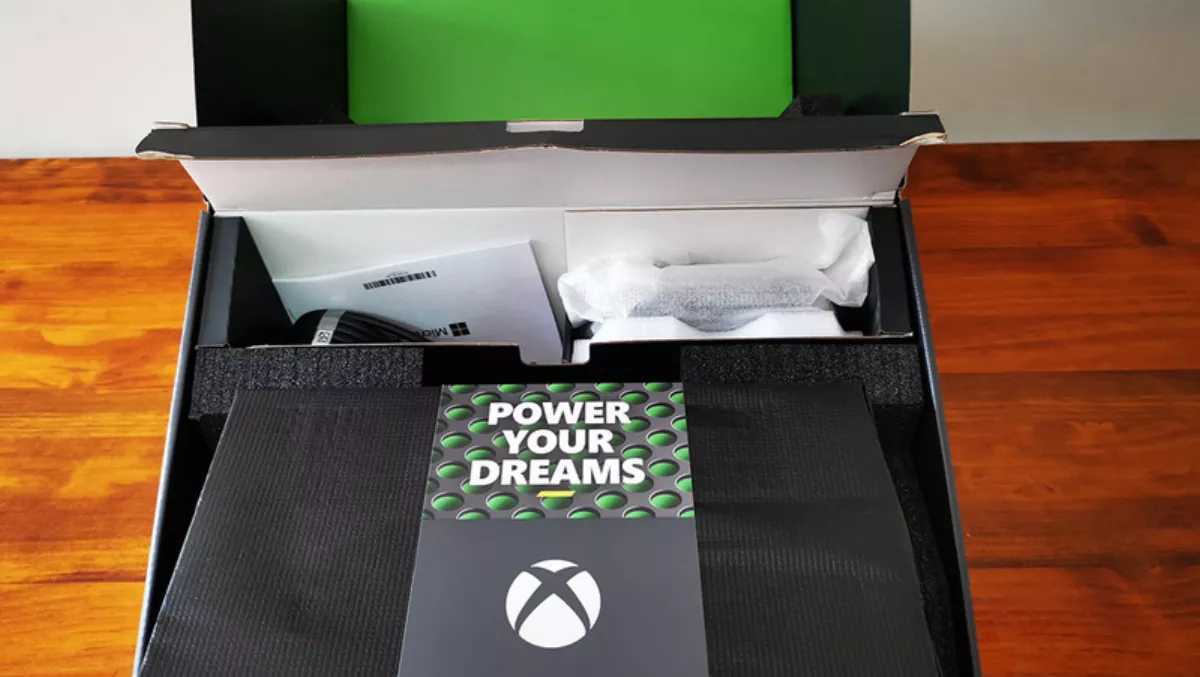
Lifting the console out with care, I was surprised just how heavy it was. Weighing a tad under 7kgs, the package isn't exactly light, most of the weight being the actual console itself. Microsoft have obviously packed quite a bit in the unit.
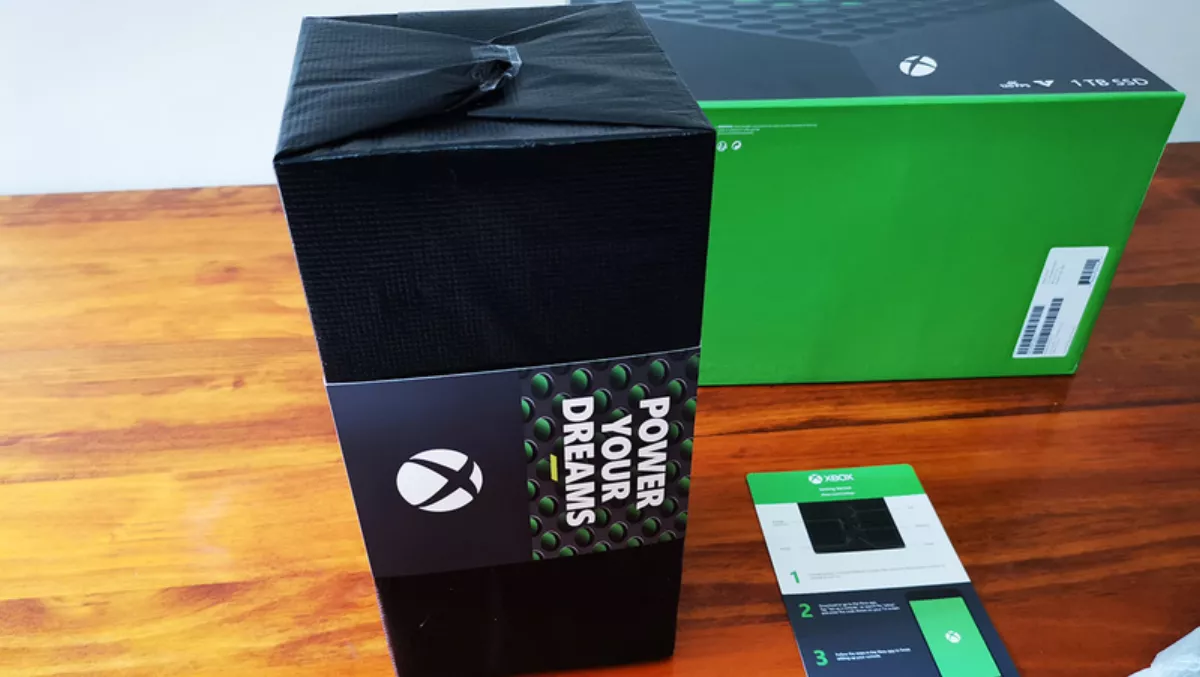
A lot of that weight will be the built-in power supply. We've moved on from the awkward power brick, with everything tucked nicely inside the console, with just a power lead connecting the device to the power socket.
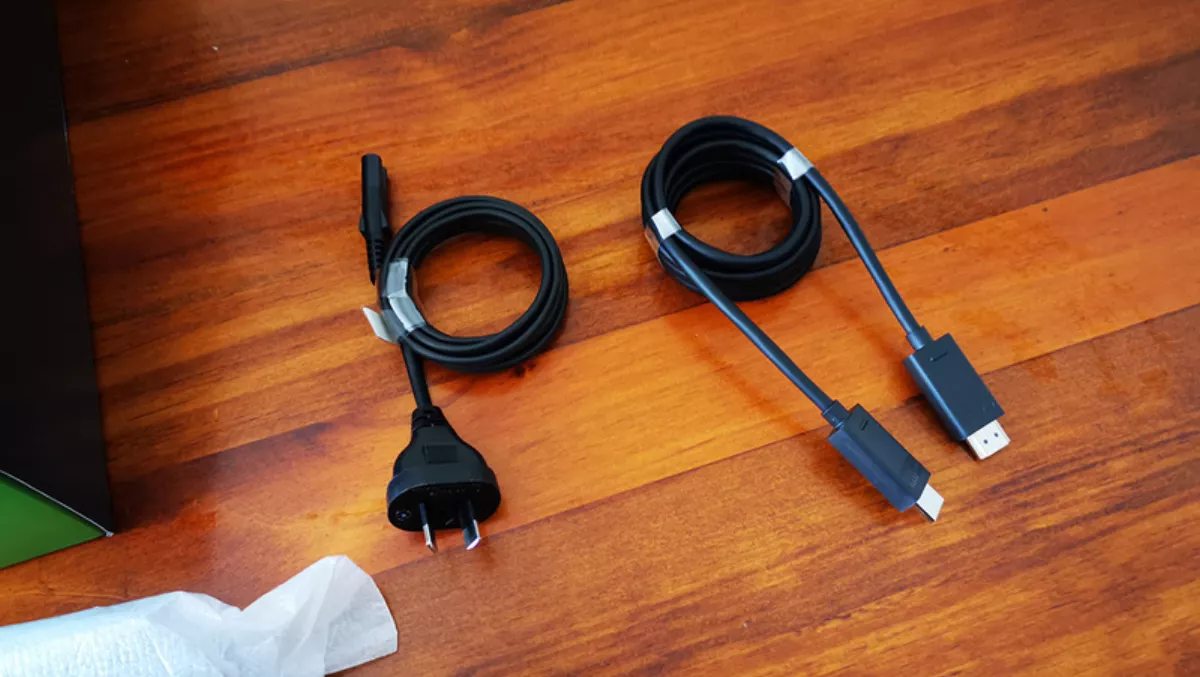
Also included is a "ultra-high speed" HDMI cable. It's about 1.5m long. You need this if you want to make use of the 120Hz capabilities of the console. The Xbox One only had a cable marked "high speed", so if you are upgrading, you need to be swapping out these cables as well.

Under the console, in the box, is a brief set-up guide detailing how to plug in the console and set it up via the new, updated Xbox app. The back of the card shows how to install the batteries and pair the controller.
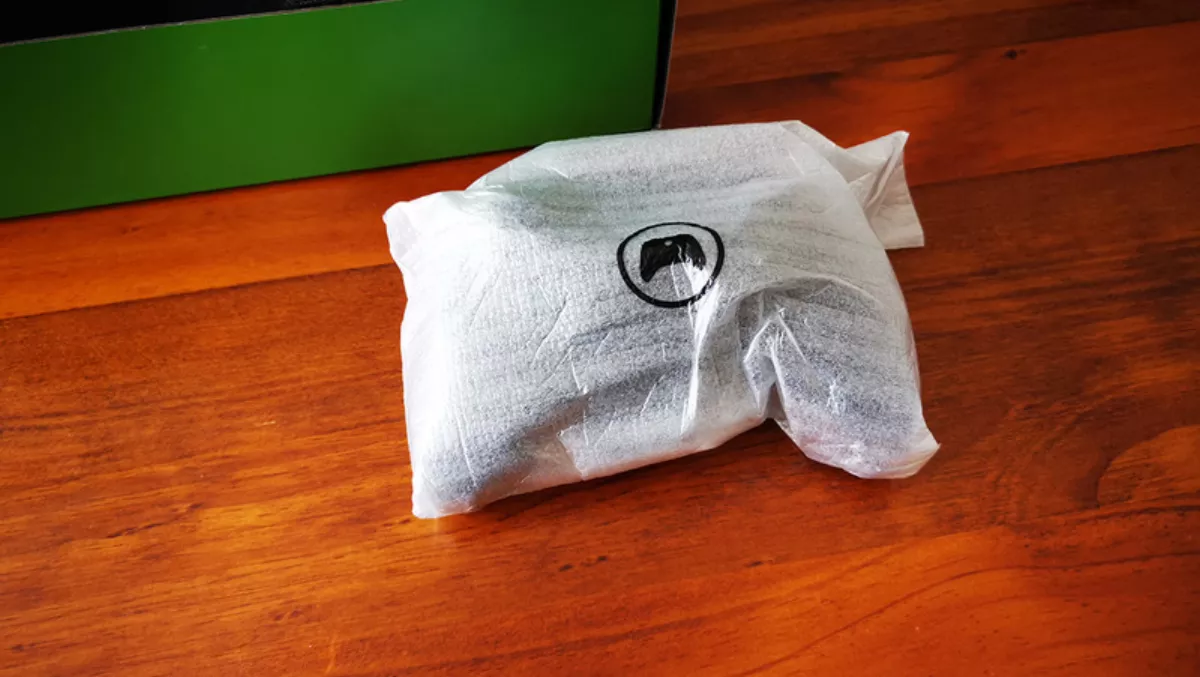
Before we look at the console, itself, let's check out the new controller. At first glance it looks the same as the Xbox One X controller. It's a little more refined than its predecessor, with a D-Pad similar to the Elite controllers. It doesn't look any different, size-wise, but there may be some subtle differences as it feels a little more comfortable in the hand. The grips have a nice stipple pattern that should make it easy to keep hold of it when things get frantic.
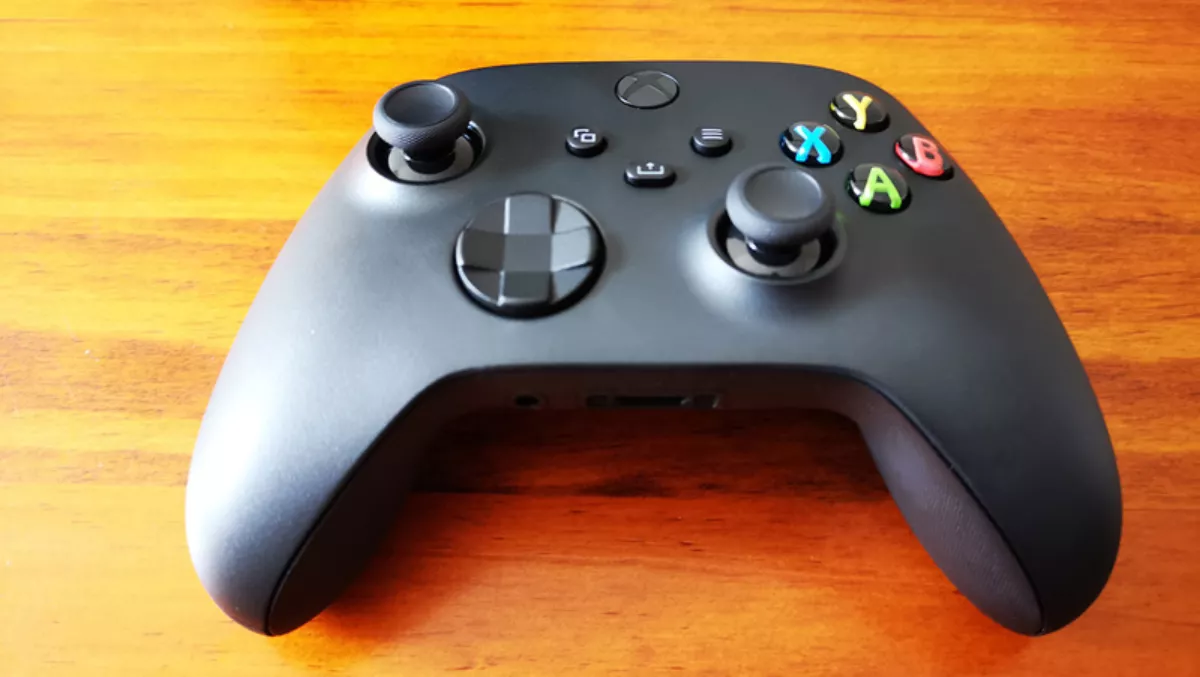
There is one new button on the front of the controller for sharing, I believe. There are no new control buttons. The bottom of the controller has an audio socket for headphones and an expansion port, the same as an Xbox One X/S controller. The micro-USB port and pairing button is on the top.

The battery bay is identical to the Xbox One controllers, so should fit your existing Xbox One rechargeable batteries.

The lid to the bay, however, is slightly different. This means 3rd-party rechargeable Xbox One battery modules may not fit.
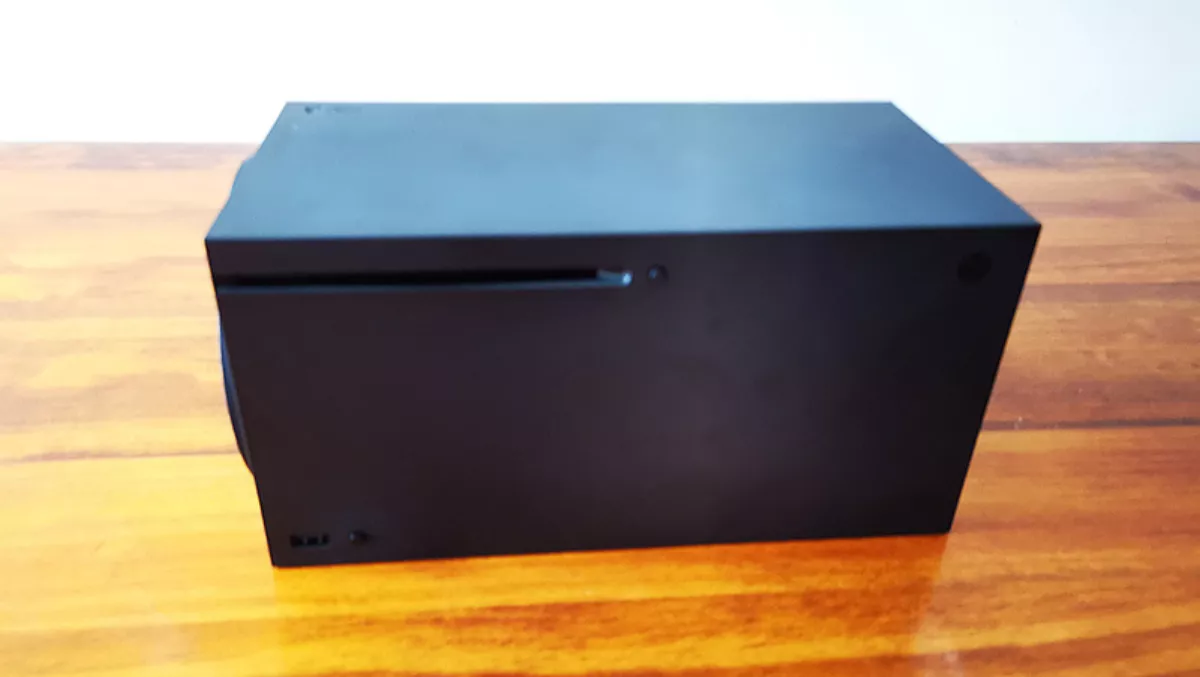
Now onto the console itself. The Xbox Series X can be orientated horizontally, on four little rubber feet, or vertically, via a circular stand.

The front of the device has an on button in the shape of the Xbox logo. There's an eject button right next to the slot for the Ultra HD Blu-ray drive and there's a button for pairing controllers. The front of the console also has a Type-A USB socket.
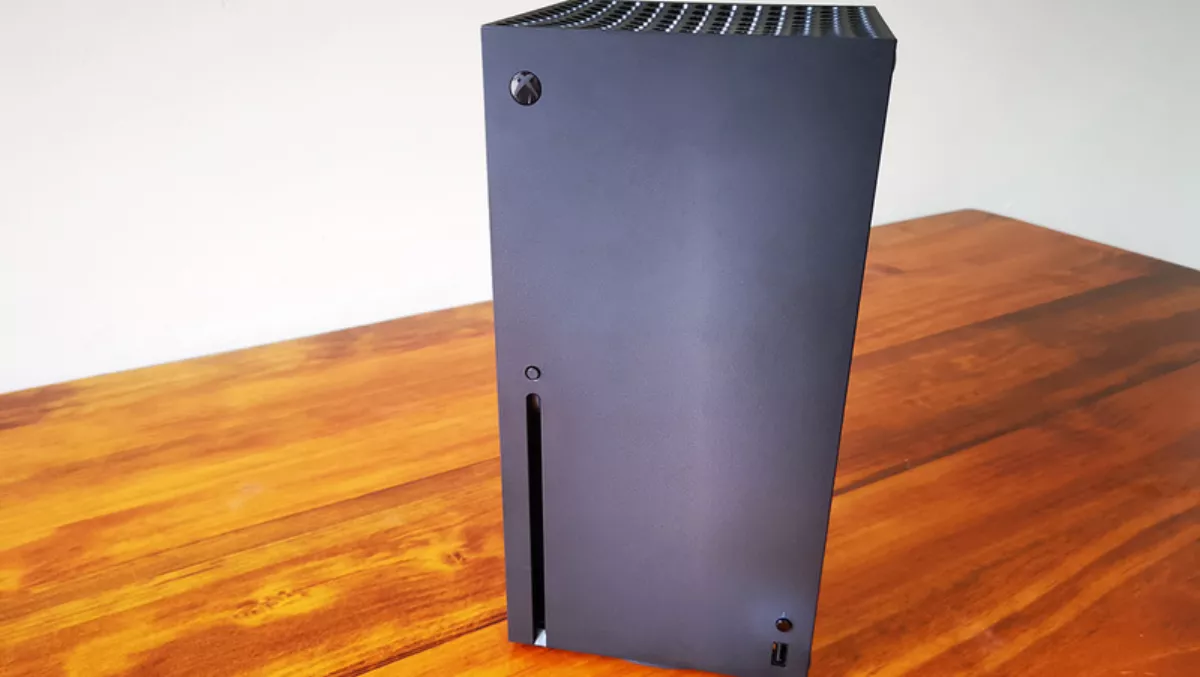
Assuming vertical orientation, the top has an interesting design that produces that "green glow" effect. The top is actually a fan exhaust port, you can just about see the fan though the top.

The rear of the console is packed with ports. Interestingly, there's a Kensington lock, as well, for securing the console. First, the basics; there's a socket for the power cable, an HDMI 2.1 socket and an Ethernet port.
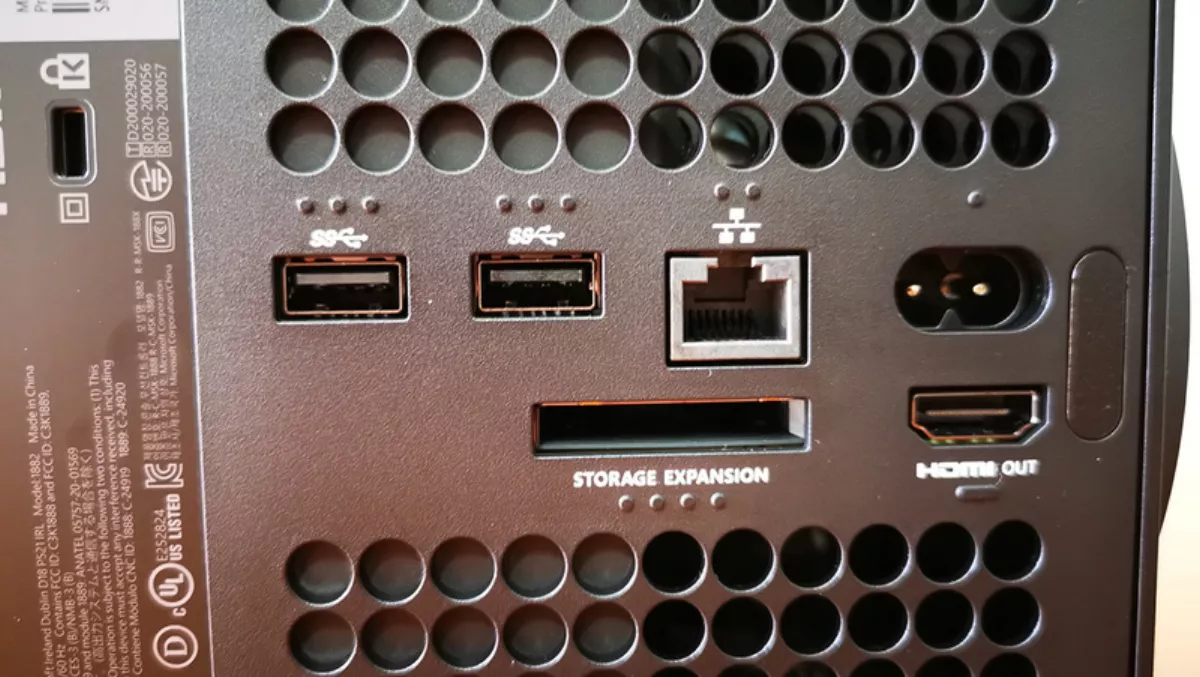
There are two Type-A USB 3.1 sockets, but unfortunately no Type-C. The back of the console has the port into which the Seagate SSD expansion card is installed.
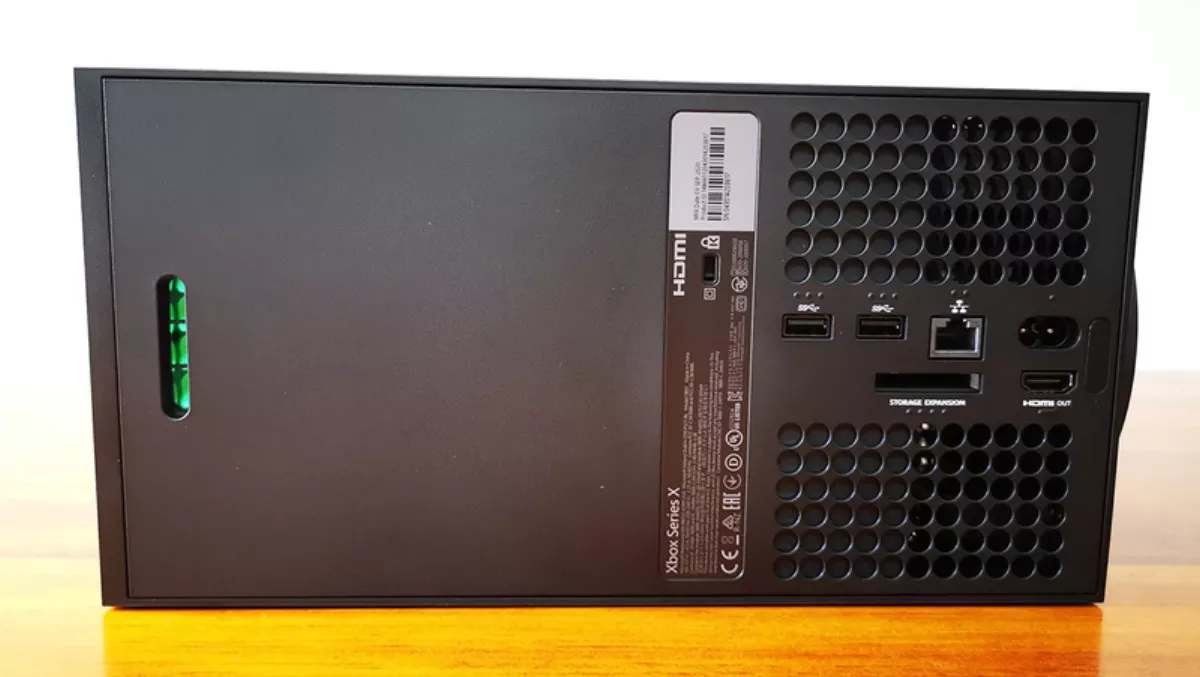
My take on this unboxing is that the packaging is nice and the console is well presented to new owners. The console, itself is a lot heavier than I thought it would be, but not quite as big.
The top of the console has a nice design to create an interesting effect. The controller looks reassuringly familiar, but seems a bit more comfortable compared to the Xbox One controller.
I wish I could say more. I can't right now, but it's an impressive package.
Video unboxing
FutureFive contributors Damian Price and Darren Seeto have each produced video unboxings for your viewing pleasure - check them out below.


